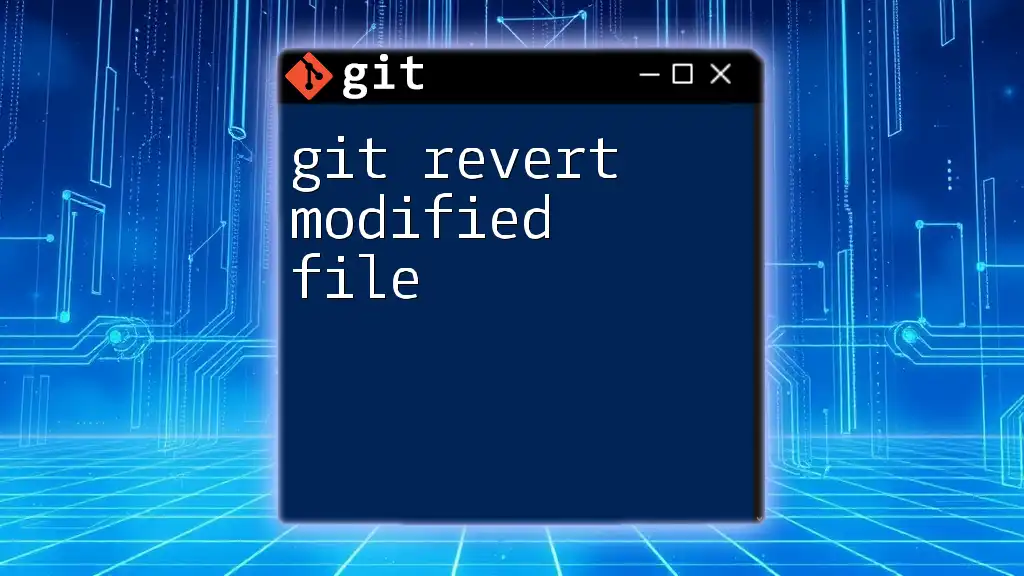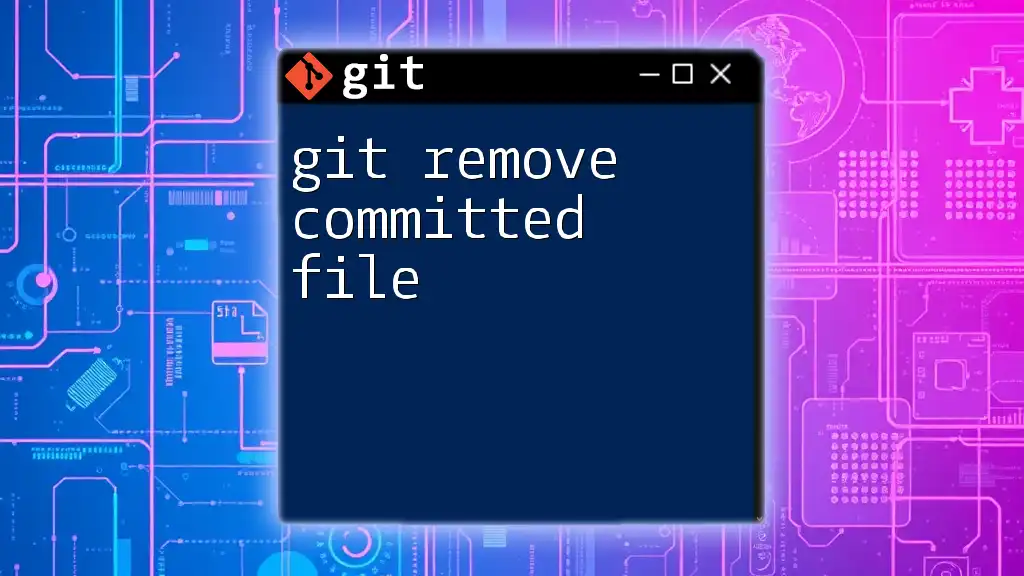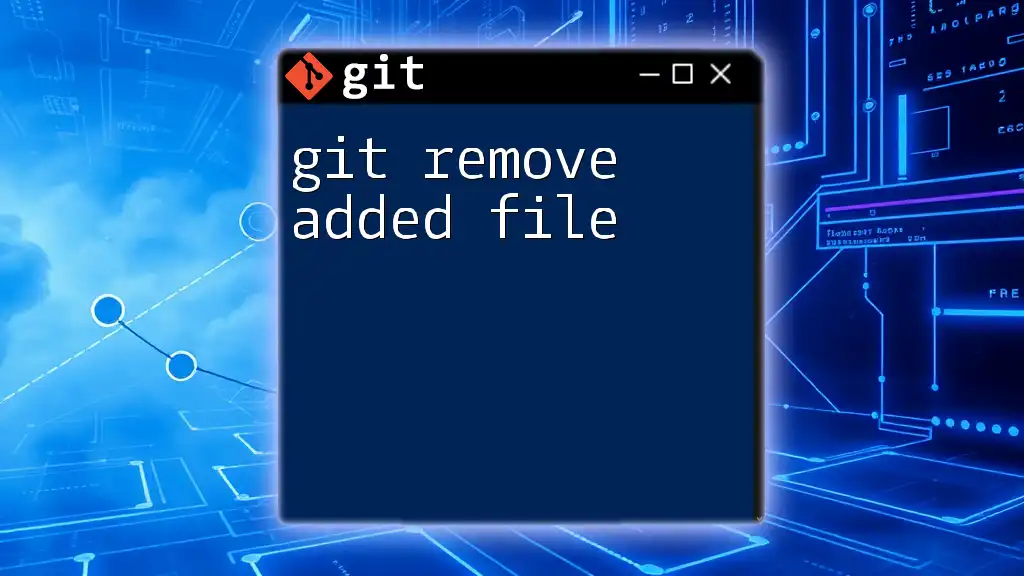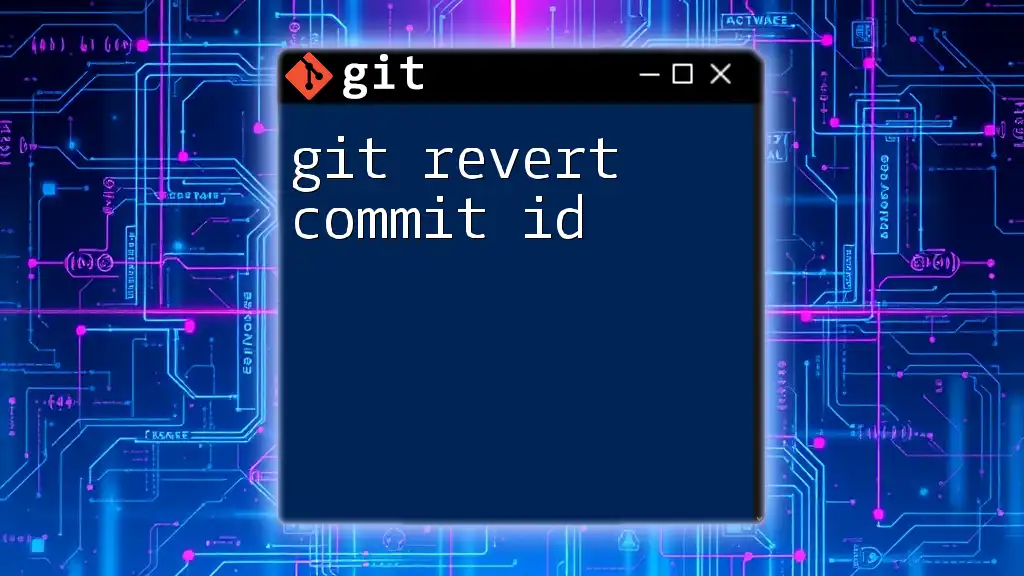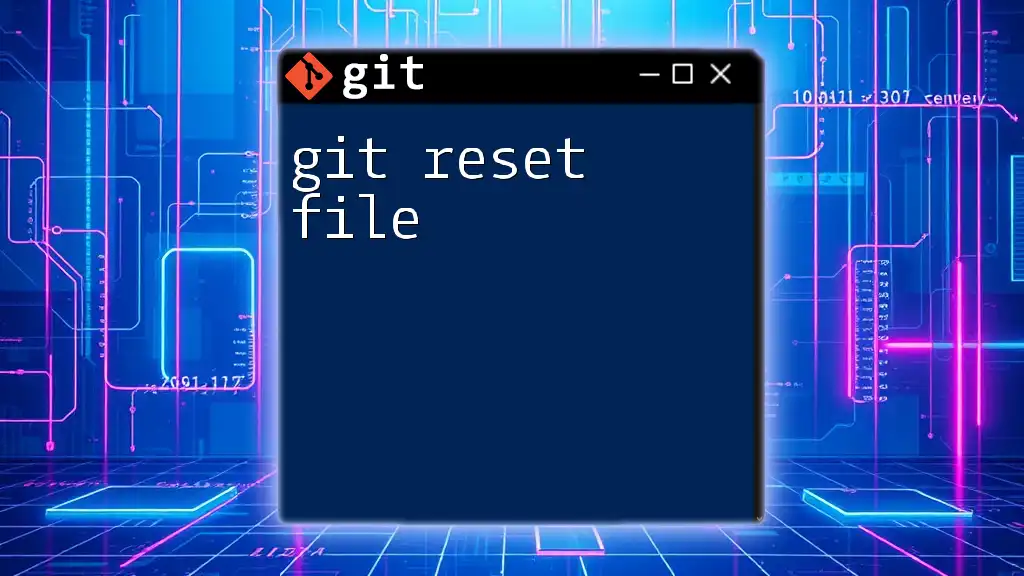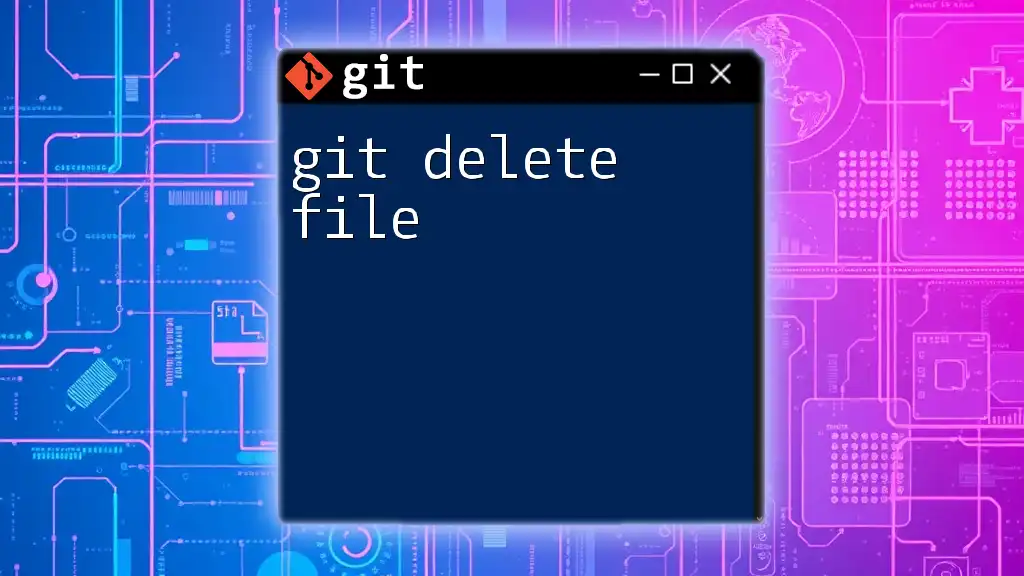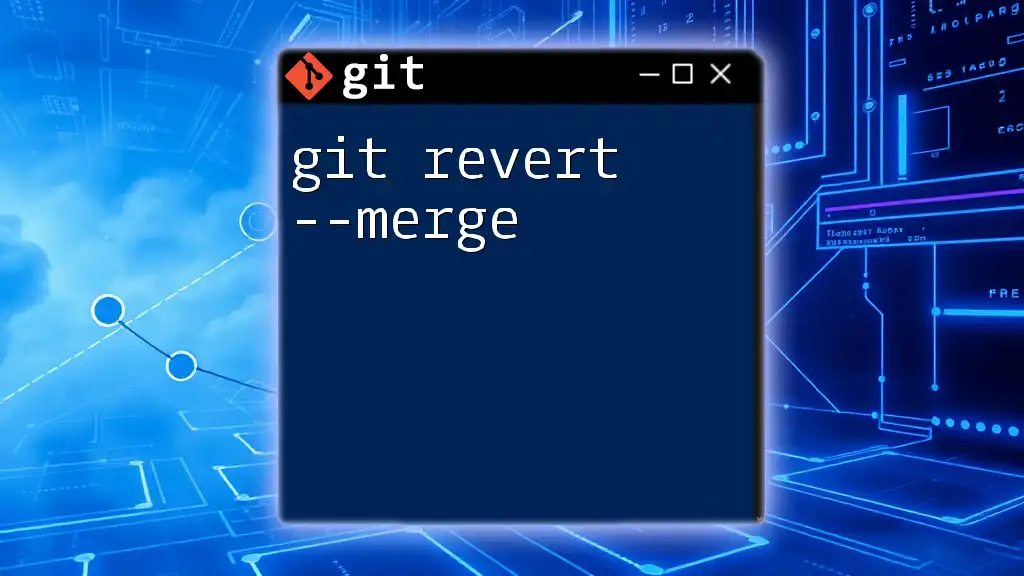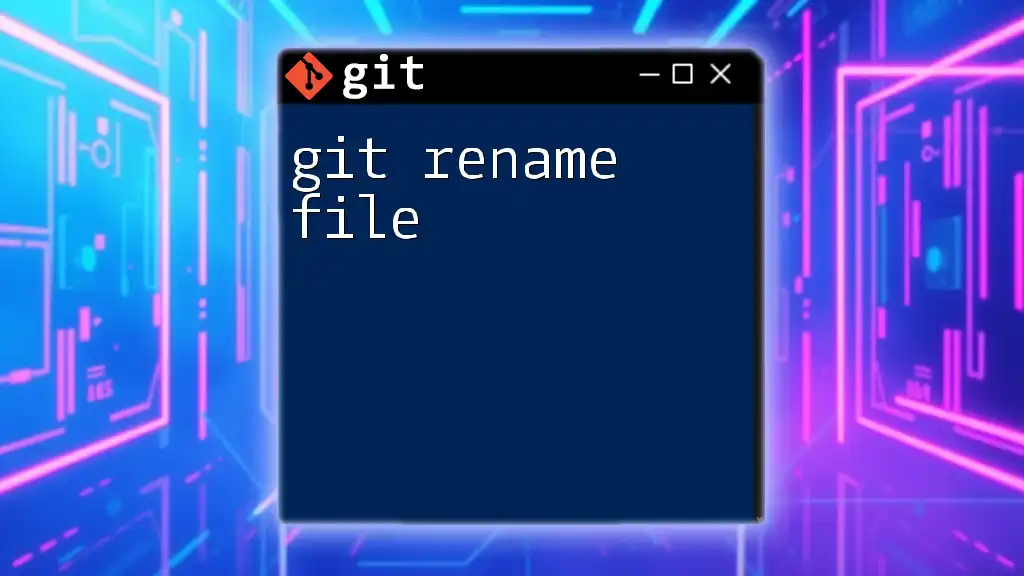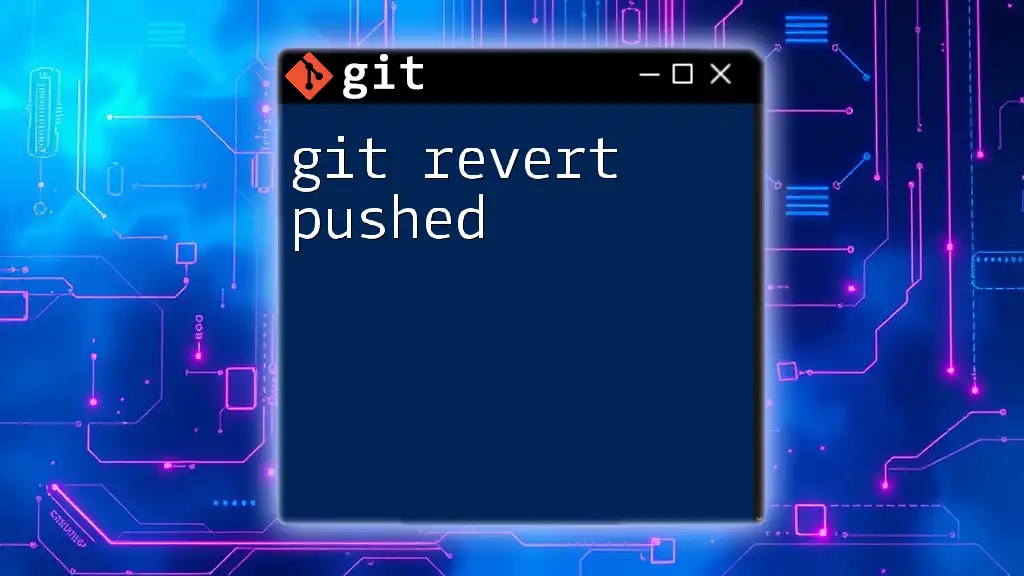To revert changes in a modified file back to the last committed state, use the `git checkout` command followed by the filename.
Here’s the command in markdown format:
git checkout -- filename.txt
Understanding Git Revert
Definition of Git Revert
The `git revert` command is a powerful tool used to create a new commit that undoes the changes made by a previous commit. Unlike other commands which might change the commit history, reverting is a safe way to undo changes while preserving the integrity of the project's history. When you run `git revert`, Git generates a new commit that reverses the specified changes.
When to Use Git Revert
You should use `git revert` when you need to undo a commit that has already been pushed to a shared repository. This command is particularly useful in collaborative projects where you want to revert a change without altering the commit history that your teammates rely on. It’s essential for maintaining a clean and coherent commit history, especially when working on feature branches or in pull requests. Unlike `git reset`, which can erase changes entirely, `git revert` keeps everything intact.
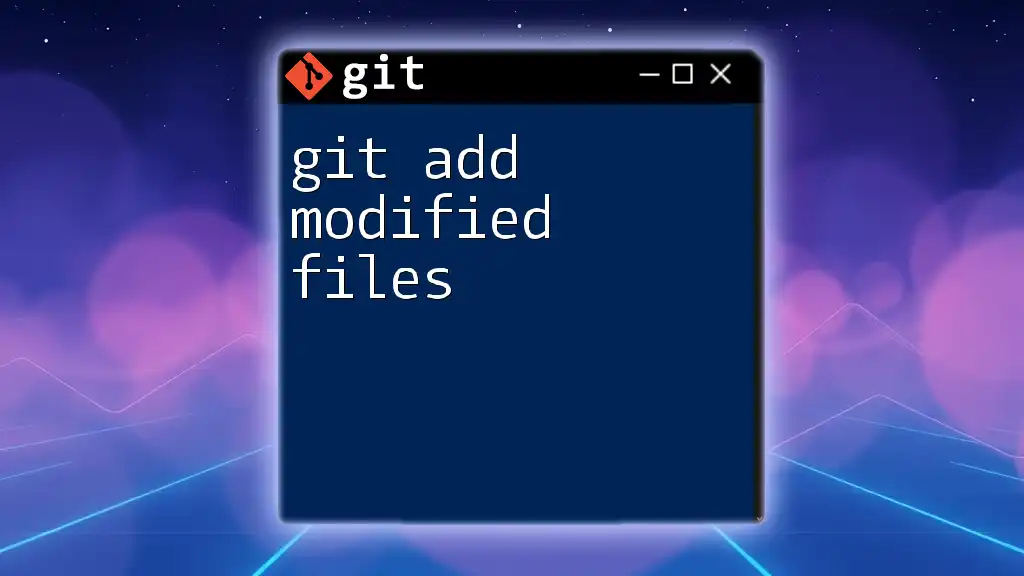
How to Use Git Revert to Modify a File
Basic Syntax of Git Revert
The syntax to use `git revert` is straightforward:
git revert <commit>
This command will replace `<commit>` with the hash of the commit you wish to revert.
Step-by-Step Instructions
Identifying the Commit to Revert
The first step in reverting a modified file is to identify the commit you want to revert. You can do this using the `git log` command, which displays a list of all previous commits along with their hashes (a unique identifier for each commit).
git log
Search through the log to locate the commit that introduced the changes in the file you wish to revert.
Executing the Revert Command
Once you've identified the commit you wish to revert, you can execute the revert command:
git revert <commit-hash>
Replace `<commit-hash>` with the actual hash you found in the previous step. After executing this command, Git will open your default text editor, allowing you to modify the commit message if desired. Save and exit to complete the operation.
Reverting Changes in a Specific File
Locating the Modified File
Before reverting changes to a specific file, it's useful to check the current status of your files. Use:
git status
This will show you exactly which files have been modified or are staged for commit.
Reverting Changes to a Specific Modified File
If you want to revert changes made to an individual file without affecting the rest of your project, the steps are as follows:
- Identify the Last Good Commit: Use `git log` again to find the most recent commit where your file was in the desired state.
- Revert the Specific Changes: You can revert the modified file to that specific commit using:
git checkout <commit-hash> -- path/to/file
This command retrieves the file's state from the specified commit.
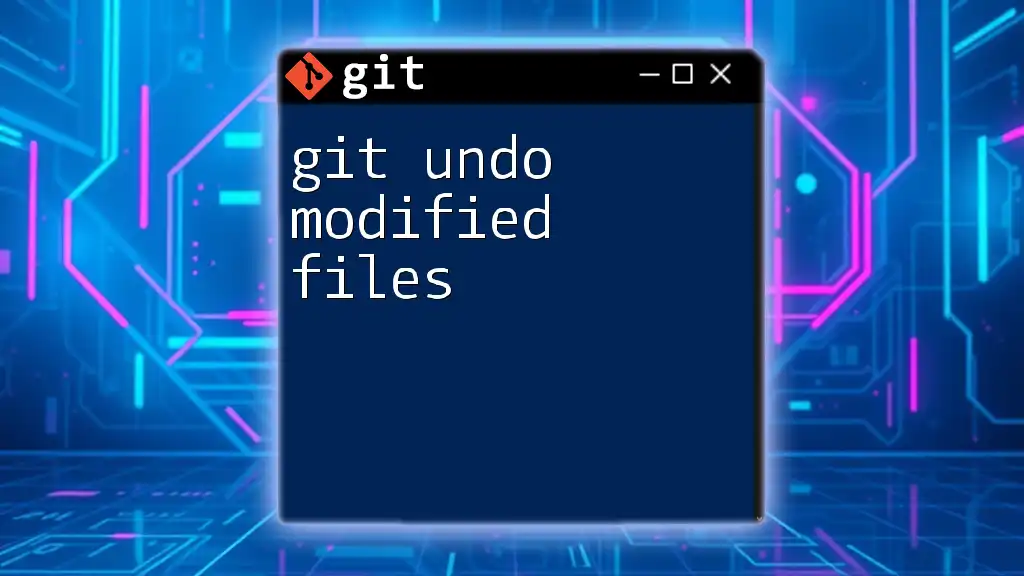
Git Revert vs Other Methods
Git Reset
The `git reset` command serves a different purpose compared to `git revert`. While reverting creates a new commit that negates previous changes, resetting alters your repository's history by removing commits. This is suitable for undoing changes that haven’t been shared with others but can lead to data loss if not handled cautiously.
Git Checkout
Using `git checkout` can also revert changes, but it’s important to understand it does not create a new commit. Instead, it can make your working directory reflect a previous state. Essentially, `git checkout` can be seen as a way to pull a file's contents from a specific commit without creating a new entry in your commit history.
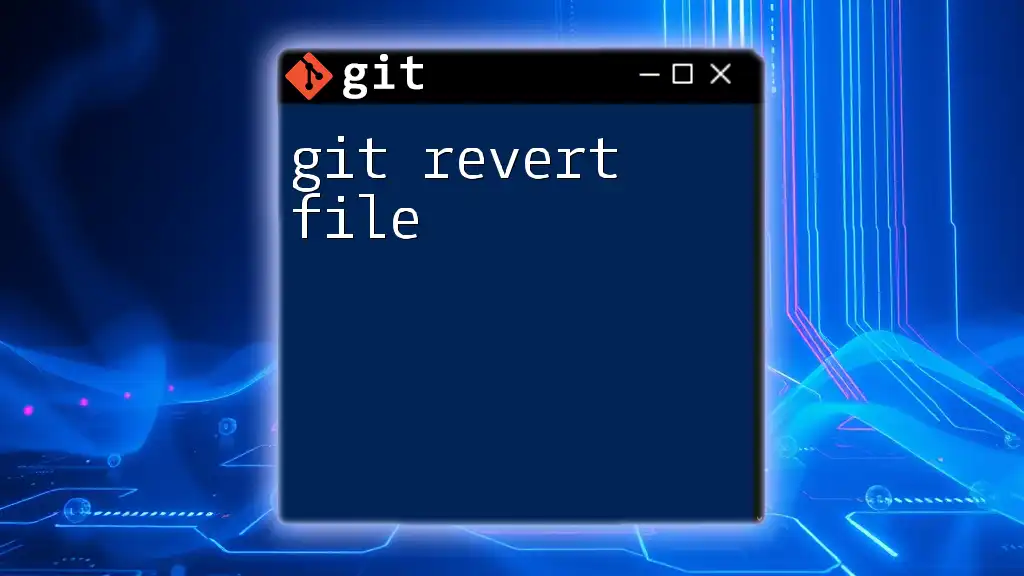
Common Use Cases for Git Revert
Undoing Mistakes in Commit History
A typical scenario for using `git revert` is correcting mistakes made in a commit. For instance, if a commit accidentally introduced a bug, using revert allows you to negate those changes cleanly without affecting subsequent commits, which is critical for clear project management.
Collaborative Work and PR Management
In collaborative projects, the history in the repository matters significantly. When working with multiple team members, `git revert` allows you to gracefully mitigate issues without disrupting the development flow. This function is particularly valuable when dealing with pull requests where maintaining a linear history is crucial.
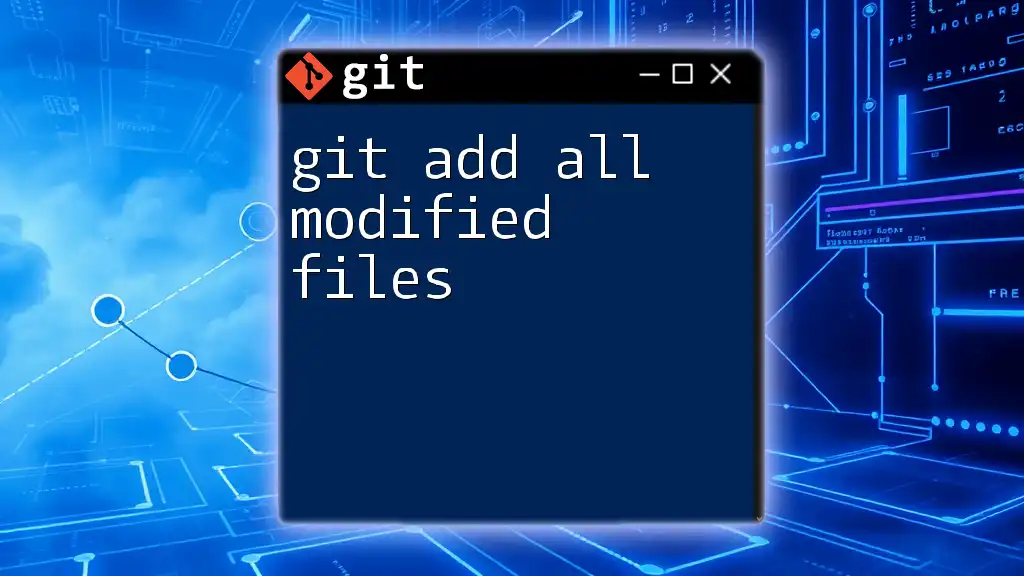
Handling Conflicts During Revert
Understanding Conflicts
During the reverting process, conflicts may arise if the changes you're trying to negate collide with more recent changes in the codebase. Recognizing these conflicts early on is key to ensuring a smooth workflow.
Resolving Revert Conflicts
If a conflict occurs while reverting, Git will notify you. To resolve it:
- Use `git status` to identify which files are in conflict.
- Open the conflicting files and manually resolve the issues.
- Mark the files as resolved using the command:
git add path/to/resolved/file
- Next, complete the revert process by executing:
git revert --continue
This series of actions ensures that you maintain a stable working environment despite the introduced conflicts.
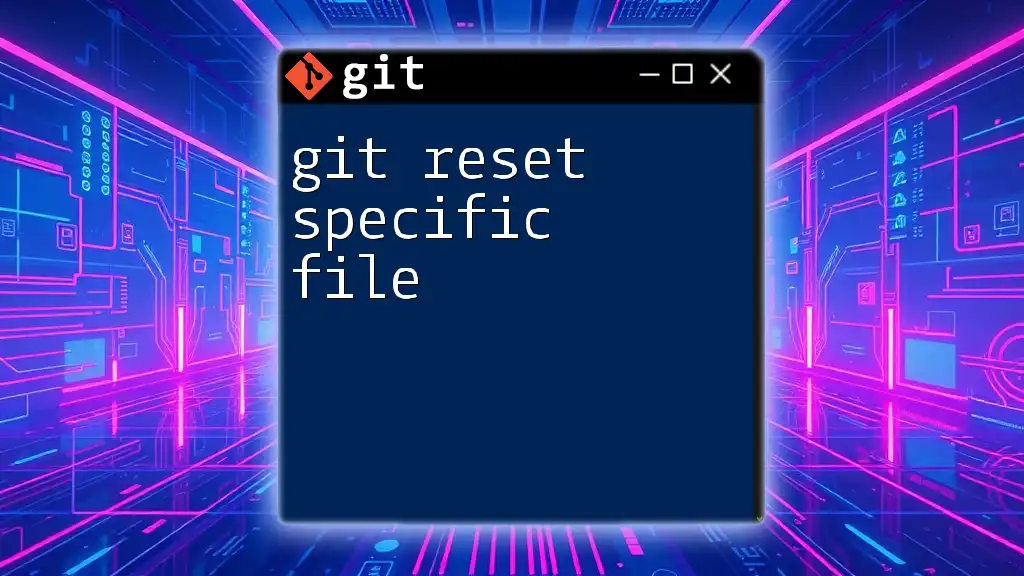
Best Practices for Using Git Revert
To use `git revert` effectively, consider the following best practices:
- Always document your commit messages clearly when using `git revert`, indicating what changes have been undone. This practice aids in keeping track of project history.
- Use `git log` regularly and familiarize yourself with the commit history, which will help you identify the correct commit to revert.
- Avoid using `git revert` for commits that are too far back in history, as it may complicate your commit log.
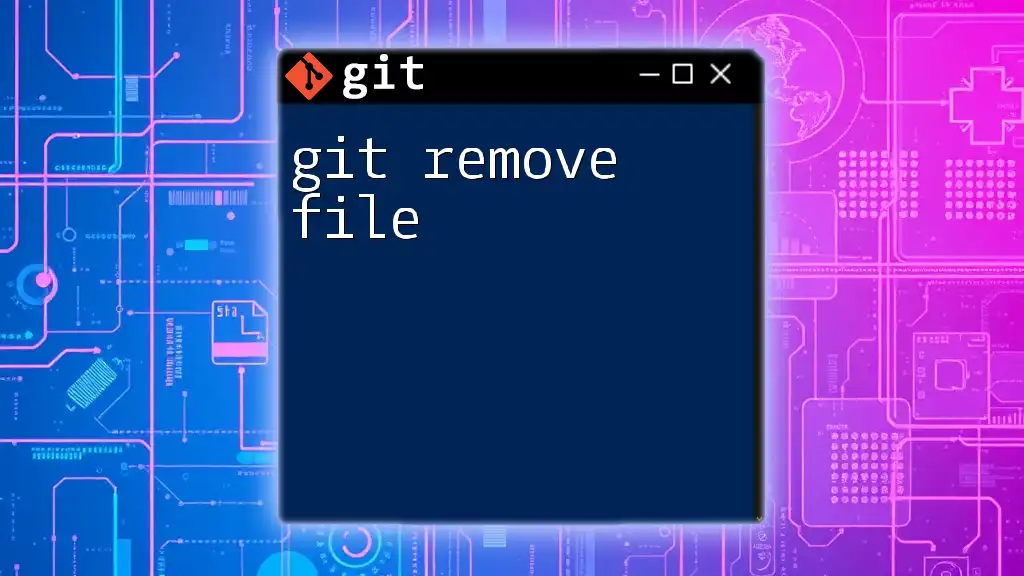
Conclusion
Recap of Key Points
Understanding how to use the `git revert` command effectively enhances your version control skills, providing a reliable way to retain your project's integrity while undoing unwanted changes.
Call to Action
I encourage you to practice using `git revert modified file` in various scenarios to improve your confidence with this command. The ability to resolve errors without losing key history will empower you in both individual and collaborative projects.
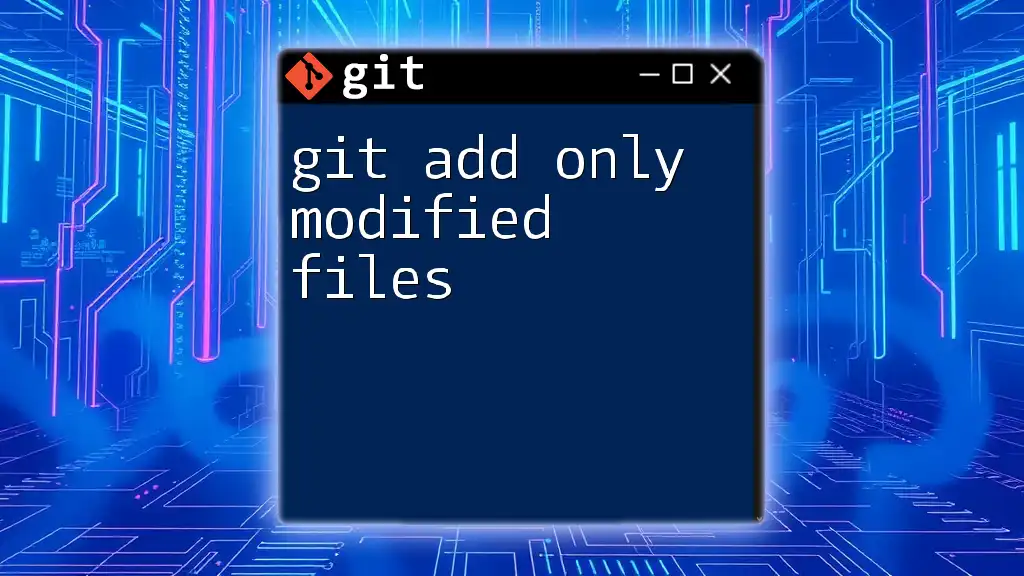
Additional Resources
For further learning, refer to the official Git documentation or explore online platforms dedicated to Git training, which will deepen your understanding and proficiency.
FAQs About Git Revert
You may still have questions regarding this command. It's advisable to review common misconceptions and practices around `git revert` to fully master its application in your workflows.

